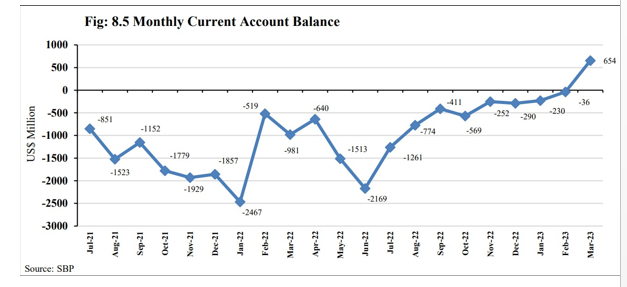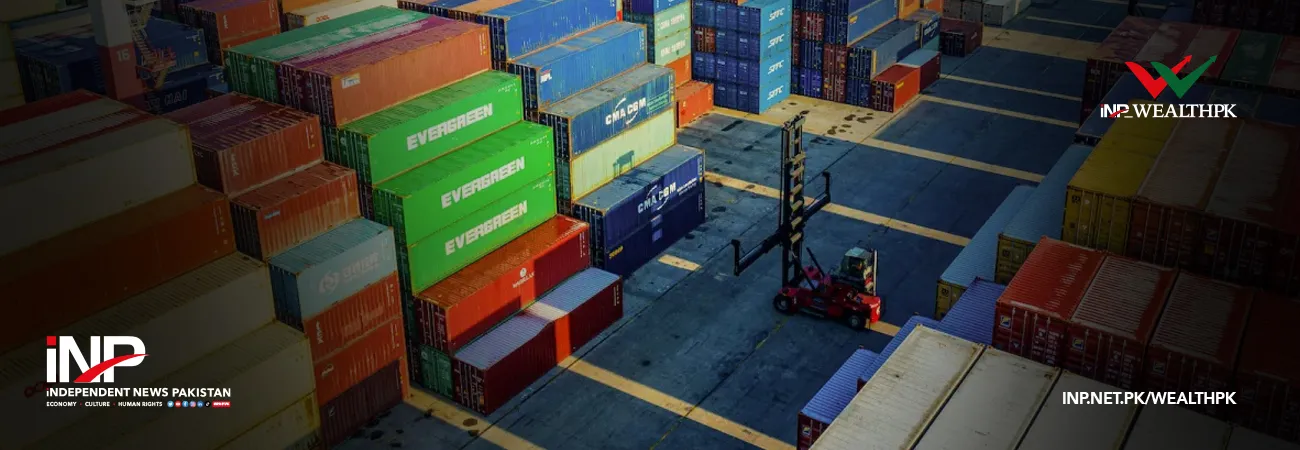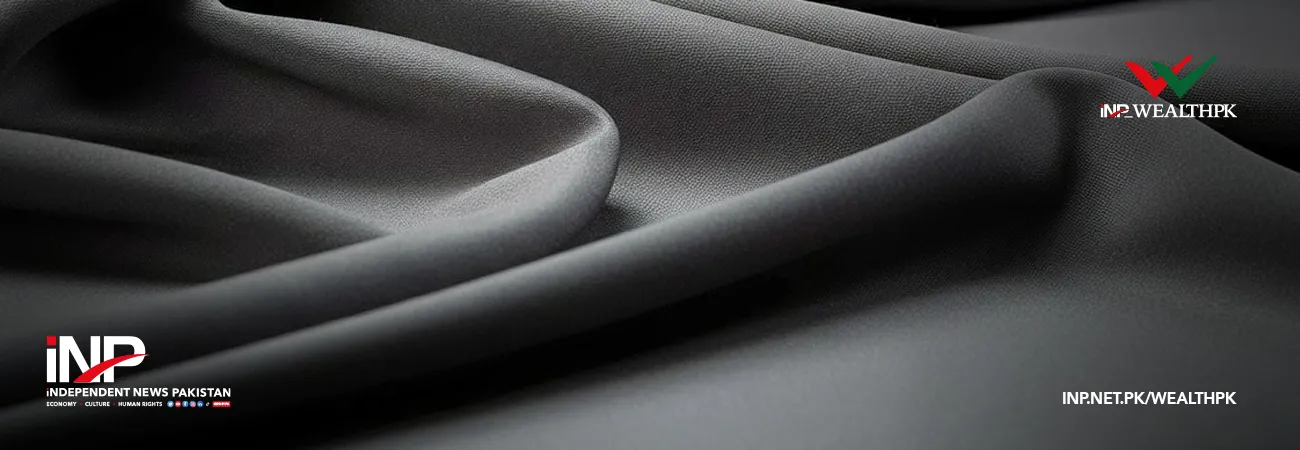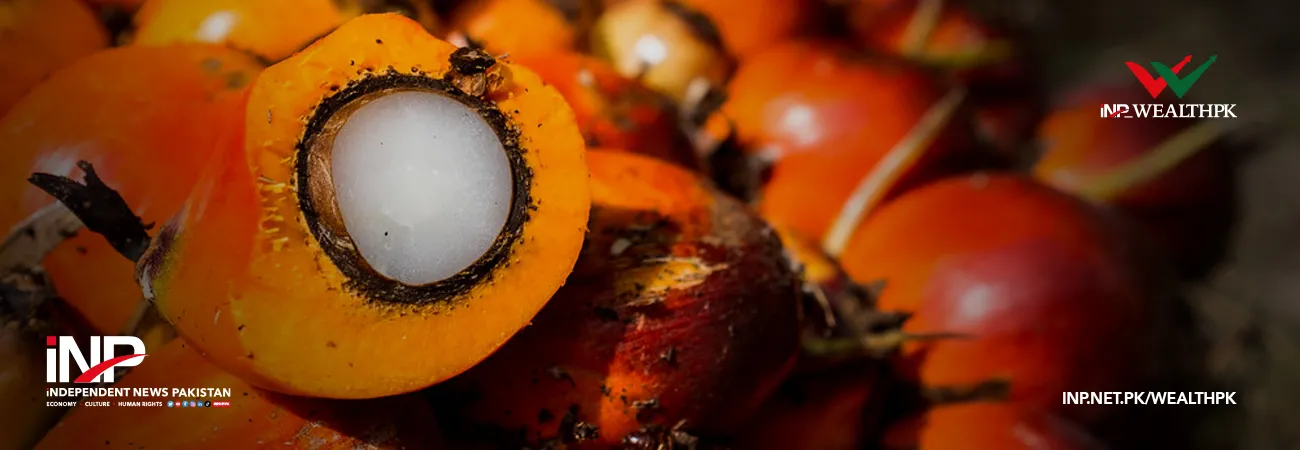INP-WealthPk
Muneeb ur Rehman
Pakistan’s economic growth heavily depends on imports – a factor that exerts significant pressure on the current account. Minimizing this reliance on imports as a means to foster growth has the potential to reduce the prevailing current account deficit (CAD), Shahid Javed Burki, former caretaker finance minister, tells WealthPK. According to Burki, the country’s growth is premised upon imports of machinery and other inputs being used in different production processes.
The growth thus achieved is unsustainable since the government runs short of foreign exchange reserves and faces a current account deficit every year. Whenever there is a deliberate reduction in imports to bridge the deficit between the inflow and outflow of foreign exchange, the nation enters a phase characterized by a diminished rate of economic growth.

The above graph shows improved performance of the current account in FY2022-23, as it reduced by 74.1% and recorded a deficit of a mere US$3.4 billion during Jul-Mar FY2023 as against a deficit of US$13.0 billion in the same period last year. The predominant factor behind this improvement in CAD was a 29.7% decrease in the merchandise trade deficit on the back of a substantial decline in import payments to US$41.5 billion in Jul-Mar FY2023 from US$52.7 billion in the corresponding period of the last year. However, this improvement has coincided with a noteworthy reduction in the GDP growth rate, plummeting to a mere 0.29%.
Shahid Burki attributed the trade-off between the current account improvement and reduced growth rate to the lack of productivity and manufacturing base in the country. “Owing to the lack of a strong manufacturing base in the country, import of machinery, raw materials, and other intermediary products becomes necessary to promote production processes. “Numerous factors, both economic and non-economic, originating from both domestic and foreign sources, collectively influence the demand for imports. These factors encompass consumption patterns, exchange rate dynamics, disparities in local and international commodity prices, availability of essential natural resources, prevailing national and international economic conditions, as well as labour costs,” he explaind.
The solution to the problem, he pointed out, lies in import-substitution policies and promotion of a manufacturing base in the country. Upon cost-effective production of inputs, and strengthening of vertical and horizontal supply linkages, the country will be able to reduce its reliance on external supplies. Pakistan has long been grappling with the challenge of current account deficit. Minimizing dependence on imports for growth will be a step in the right direction.
Credit: INP-WealthPk













